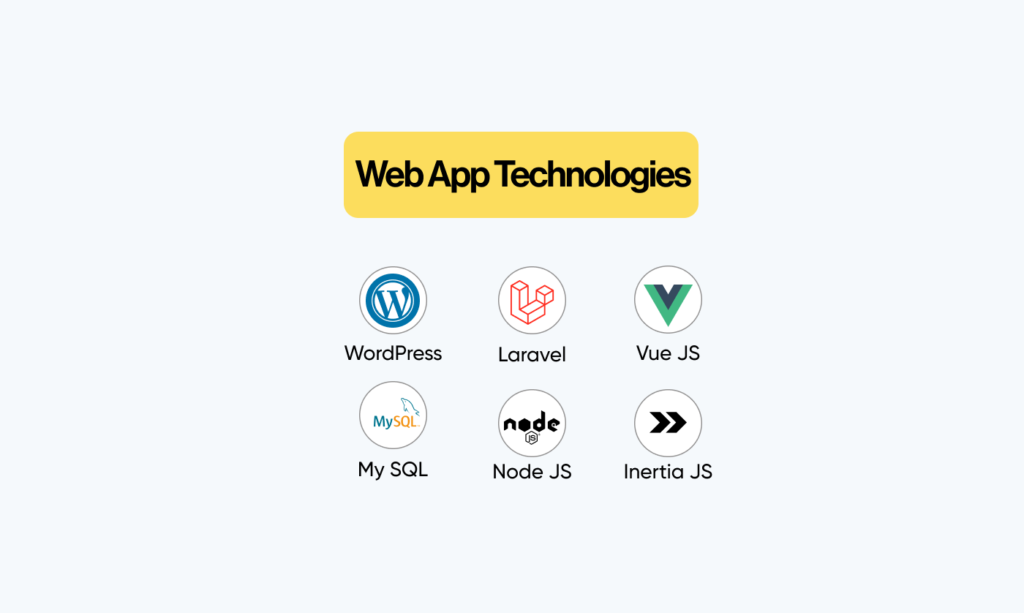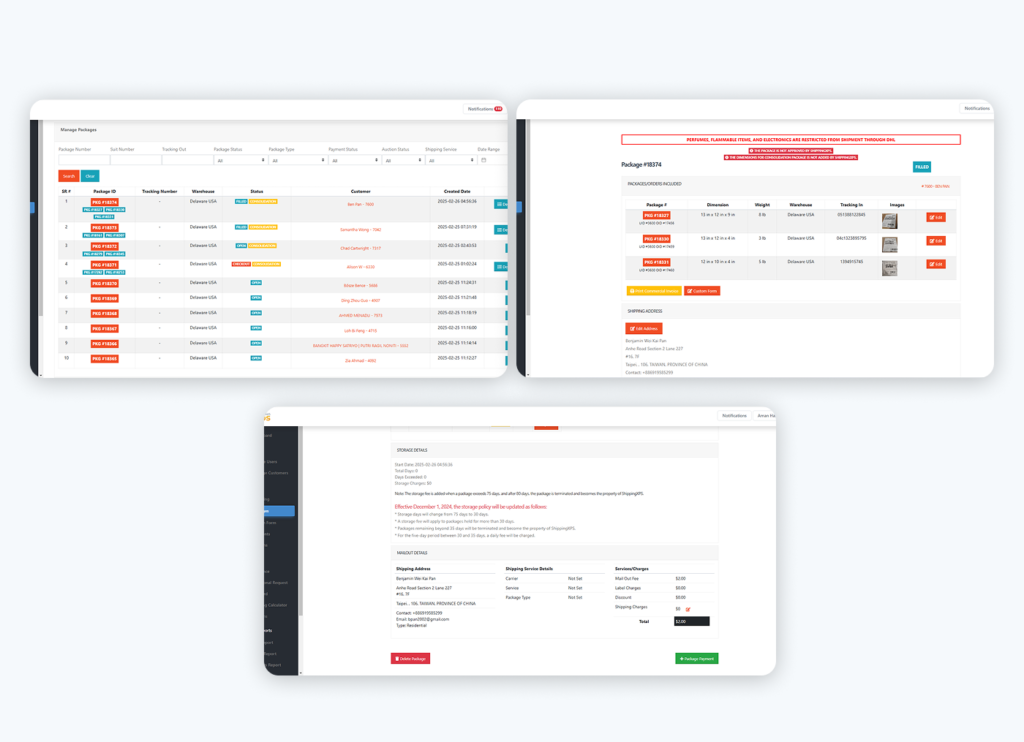In today’s interconnected world, international shipping plays a crucial role in facilitating global trade and connecting businesses and individuals across borders. ShippingXPS is a leading provider of comprehensive international shipping.


In today’s interconnected world, international shipping plays a crucial role in facilitating global trade and connecting businesses and individuals across borders. ShippingXPS is a leading provider of comprehensive international shipping.



At Next Bridge System, we’re dedicated to delivering top-notch web and digital marketing solutions that enhance user experience and engagement.
Copyright © 2025 Next Bridge All Right Reserved
Don’t miss out on the latest news and promotions from our company. Subscribe to our newsletter today!
Copyright © 2025 Next Bridge All Right Reserved